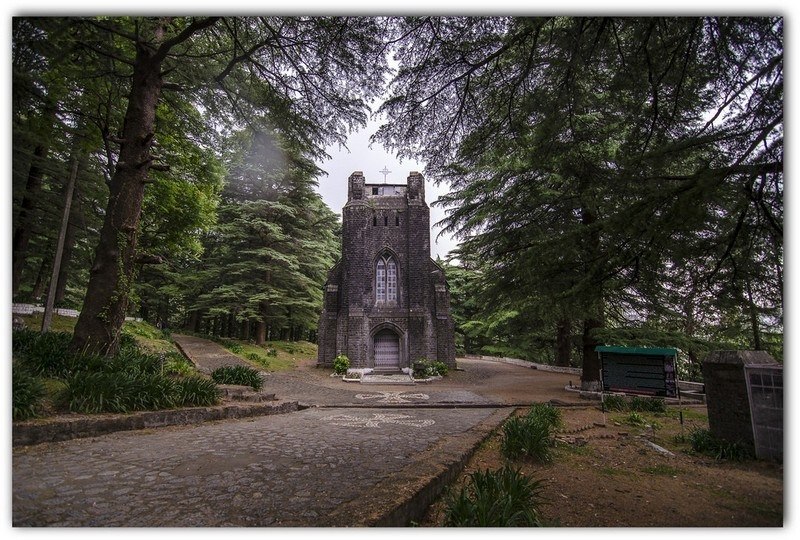Sometimes it’s interesting to look for your loved ones and ancestors’ graves among so many in a land far away. You don’t know where but know that their graves exist regions apart. Locating cemeteries to search loved ones’ graves becomes an act of navigating one’s identity thousands of miles away through the dead. Thousands of cemeteries around the globe have graves of people from different nationalities. For example, the World War II graves of Indian sepoys in Florence.

Image Credits: Wiki Pedia
Back home, be it South Park Street Cemetery, St. Paul’s Cathedral in Kolkata; an enormous number of the graveyards of British people who died during the 1880s; the controversial Nicholson Christian cemetery at Kashmere Gate, Delhi, or the Gothic St. John’s Church in McLeod Ganj, Himachal Pradesh, India has the graves of hundreds of thousands of British citizens and foreigners who contributed to India’s colonial past, be it positively or negatively.
A lack of a watcher in the cemeteries holding graves of soldiers, who died between the 17th and 20th centuries in the Indian subcontinent, initially came to light. Considering the situation, British Association for Cemeteries in South Asia (BACSA) came into the picture to preserve and navigate the lost graves of British soldiers and civilians who passed away during the World Wars.

Image Credits: Trawell.in
Founded in October 1976, the society has been described as ‘the liveliest society for the dead’ by Theon Wilkinson, a captain in the third Gurkha Rifles during WWII. Wilkinson who wrote books on the lives of the British in undivided India was appalled at the state of several European graves, especially the ones at the South Park Street Cemetery in then Calcutta during his revisit in India in 1972.
Aimed to bring people together over a concern for the many hundreds of European cemeteries, isolated graves and monuments in South Asia, BACSA has restored and preserved cemeteries, sarcophagi, obelisks and cenotaphs. Additionally, it has also preserved the transcription of gravestones, in South Asian countries like India, Pakistan, Afghanistan, Bangladesh, etc.
The birth of the bi-annual ‘Chowkidar’ can be attributed to this demand. Since 1977, Chowkidar-a journal by the BACSA- has been distributed freely to the society members, including archaeologists, architects, researchers and those with a keen interest in museums, as well as historical and genealogical societies.
The journal is a watchman of sorts to the graves of British citizens in the Indian subcontinent. It documents the lives of the many who remain alive in history. Chowkidar offers a fresh perspective of seeing British nationals who had been part of the then administration, apart from exploring their identities beyond that of colonisers.



















